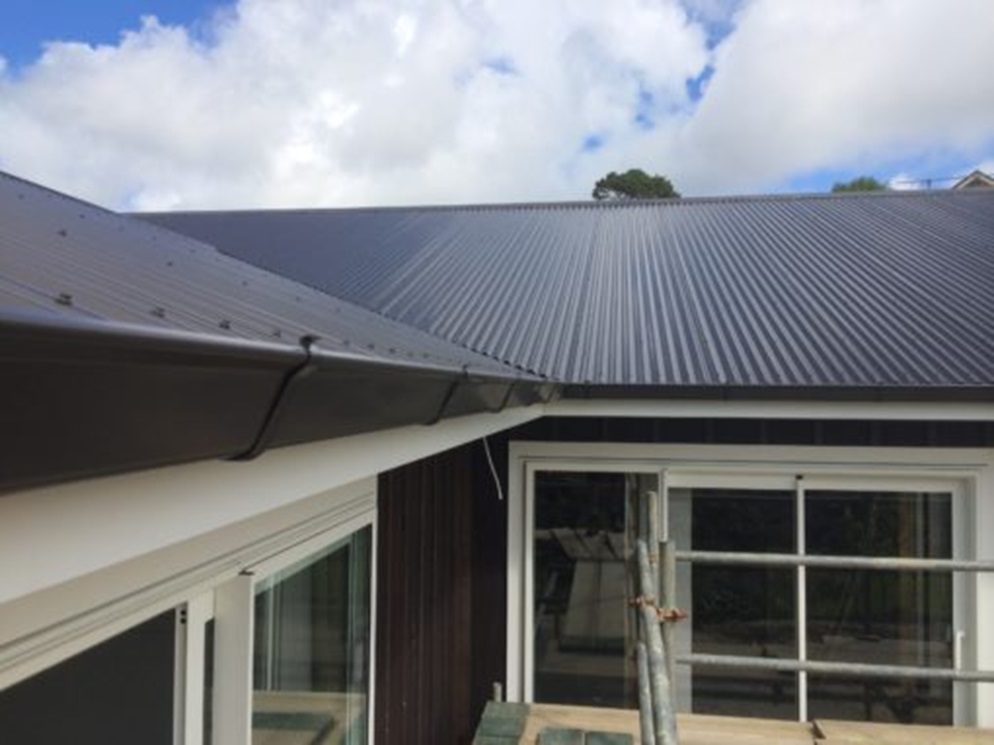If you’re like most people, you probably don’t think too much about your roof until there’s a problem. In fact, it’s very common for homeowners to completely ignore the condition of their roofs until it’s too late and leaks have started. Generally, regularly inspecting your home’s roof is important for extending its life.
If you’re only going to do one home inspection in your entire life, your roof should be it. The roof is the single most crucial part of any structure. It’s also the most expensive to repair and replace. Inspecting your roof can save you from a lot of heartache down the road, especially if you do it right. Here are five tips to make get the most out of roofing inspection project and to make the job easy:
1. Schedule an inspection after a windstorm, heavy rain, or hailstorm
Open up your calendar and find a day when the weather has been particularly bad. If you’ve had wind, rain, or hail in the last 24 hours, go outside and inspect your roof as soon as possible. Storms can cause significant damage to even the sturdiest of roofs, especially if they come on suddenly. Some damage will be immediately noticeable, like a fallen tree or dented siding. But other damage might not be so easy to spot. It’s best to schedule an inspection right after a storm so that you can spot any damage while it’s still fresh.
2. Use binoculars to inspect the roof from ground level
When you think of roofing inspection, you probably picture a person climbing onto a roof and looking around. This is one way to inspect the roof, but it’s not a very good way.
For one thing, stepping on the roof can damage it. For another, you’ll only be able to see the parts of the roof that are directly above your head. To get a good look at everything, use binoculars while you stand on the ground.
If you’re inspecting your own house, simply go out and look at it with binoculars. If you’re inspecting someone else’s house, ask permission first and then take a walk around the perimeter with your binoculars. You’ll be able to see the general patterns and get a better idea of where you need to go for a more detailed inspection. You may find that you’ll discover issues with the roof right away.
3. Look for any signs of mold, deterioration, or damage to the roof’s materials, flashings, or vents
Check the gutters and downspouts to see if they’re securely fastened and clear of debris. Look for any signs of rust or damage to the flashing, which are the thin strips of metal used to seal the connection between eaves, joints, and chimneys. Check for any signs of damage to vents or other penetrations.
Mold or dampness can be a sign of rot. Rot can make the roof less able to handle heavy snow and rain. In the worst-case scenario, it can bring down the whole roof if it goes unchecked for too long. Look for mold on your roof, inside your attic, and in any other damp places in your home. If you see any, get in touch with a professional for an evaluation of the damage.
4. Keep an eye out for leaks in interior ceilings
Leaks in interior ceilings are often a sign of a major roofing problem. Leaks can be caused by everything from loose nails to missing shingles. Anytime you notice a leak, have it inspected by a professional as soon as possible. Leaks that are left unchecked can lead to extensive water damage and mold problems.
5. Be sure to check for wear around vents and chimneys
These areas are usually poorly sealed against water, so they are prone to damage even with no other obvious problem areas on the roof. If you find that these areas are worn or cracked, it’s probably time for a new roof.
Conclusion
I hope these tips helped you know a little more about your roof and how to inspect it. If your roof is new, you may not have much work to do. But if you’ve been in the same house for a while, it’s important to examine your roof at least once a year for missing shingles. Not only will this help prevent leaks, but it will also keep your home looking its best. If you notice any damage, contact a local roofing contractor as soon as possible to schedule an inspection and receive a free quote.

